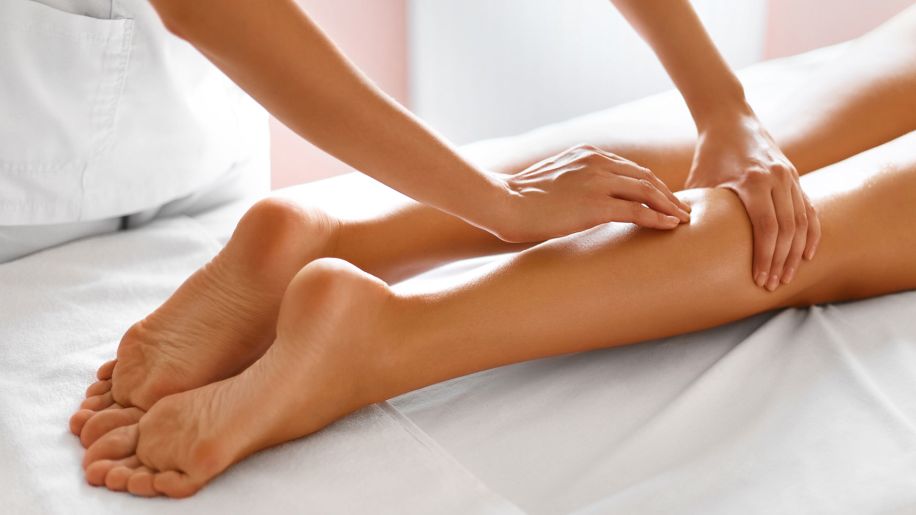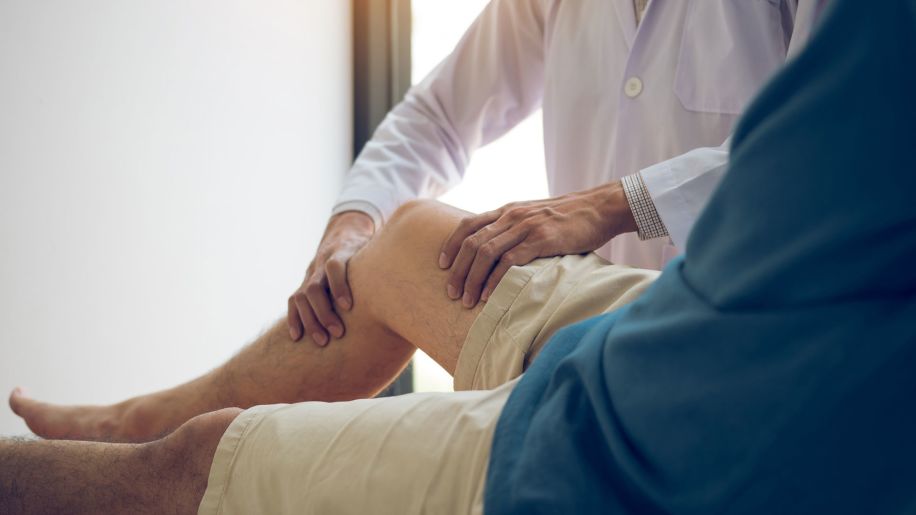Thinking about knee surgery? 6 things to try first
Therapies and tips to help you avoid the surgeon's knife.
Updated on September 20, 2023

Living with osteoarthritis knee pain can be frustrating. But it doesn't mean you have to give up the things you enjoy, like traveling or shopping. And it doesn't necessarily mean you need knee surgery, either. When pain medication isn’t providing relief, but you're not quite ready to take the plunge into knee replacement, you might be ready for something new. Studies have shown the following therapies and tips may help you find the ease you're looking for.

Follow a walking plan
Here's a sobering fact: Every extra pound you carry puts up to 3 pounds of pressure on your knees. To relieve that burden, look for a program that combines weight loss and exercise, which studies show is one of the best ways to improve joint pain and function. The key is sticking with low-impact activities, like walking. Walking regularly can help you manage your weight and build up your quadriceps and hamstrings, the big muscles in your legs. Strong thigh muscles act like shock absorbers for your knees, giving them extra support.

Explore an anti-inflammatory diet
Healthcare providers (HCPs) agree that a sensible diet of lean proteins, whole grains, fresh fruits, and vegetables does a body good. While there's no strong evidence that supports a specific arthritis diet, adding a few anti-inflammatory foods to your shopping list may keep you on the right track. Look for foods rich in docosahexaenoic acid (DHA), a form of omega-3 fatty acid, such as walnuts, avocado, flaxseeds, salmon, and trout. These foods may rein in joint-damaging inflammation.

Brace yourself
Even if you watch your weight and exercise regularly, you're bound to have tough days. Be sure to take the time to recover and wear a knee brace when needed. Studies have shown that valgus knee braces (the kind with hinges on the sides) help people walk farther, with less pain. HCPs also suggest trying a simple elastic-sleeve knee brace, which may be more comfortable and affordable.

Consider hyaluronic acid
When you have knee osteoarthritis, one of the problems inside your joint is a low amount of hyaluronic acid, the fluid that naturally lubricates and cushions your knee. The good news is that your HCP can replace it with a single injection. Experts recommend this therapy when your knee pain isn't kept in check with pills, steroid shots, and lifestyle changes, because it's safer and has fewer side effects than long-term pain medication, especially for older people. While it can't reverse the damage in your knees, a hyaluronic acid injection may relieve nagging knee pain for up to six months.

Relax into spa therapy
Spa therapy is one of the most popular drug-free ways to treat osteoarthritis in countries in Europe, as well as Japan and Israel. Studies show it may help with knee pain, stiffness, and function for several months, especially when used along with an exercise program. Common spa treatments include knee massage, mud packs, mineral water baths, and mobilization exercises in a heated pool. Be sure the spa staff is experienced in caring for people with osteoarthritis or ask your HCP for a referral to a licensed massage therapist.

Get expert advice
Before committing to knee surgery, speak with your HCP about your other options. A specialist trained to treat knee osteoarthritis, like an orthopedic surgeon, can talk you through the benefits and risks of injections and other therapies.
Remember, pain can't be easily measured, like your blood pressure or temperature. So, your HCP may not realize how much pain you're in. Be honest and clear about your symptoms and how they're affecting your life, so you can get the relief you deserve.
Featured Content

article


video

article


video

slideshow
